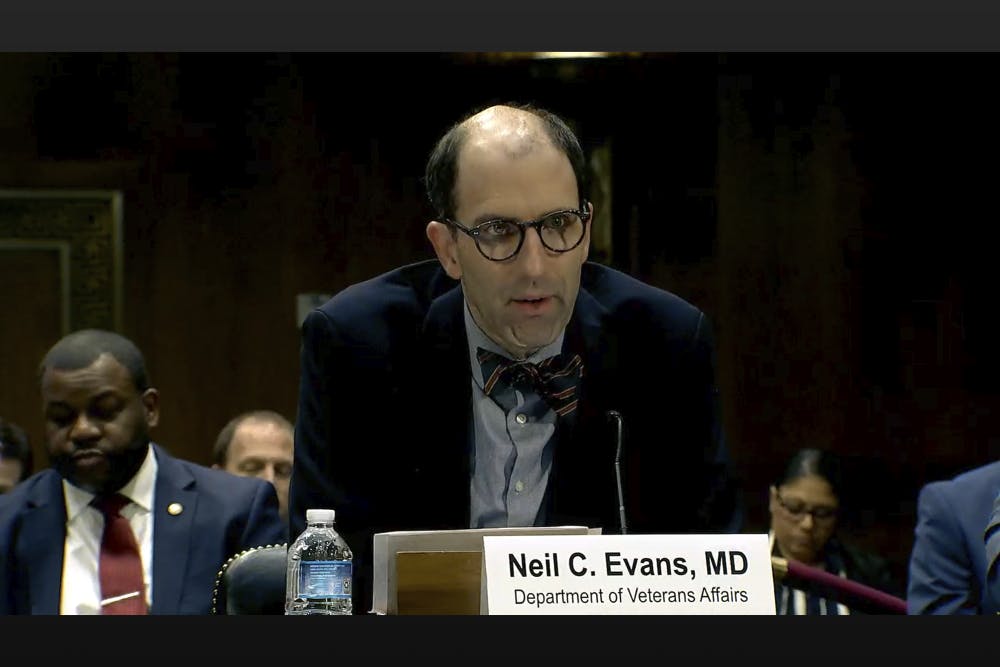Federal Agencies Transitioning to Electronic Records: What to Expect in 2022
Agencies must meet new electronic record targets in 2022, as part of a move to a “paperless government.”

The Office of Management and Budget’s (OMB) 2019 Memorandum for Heads of Executive Departments and Agencies: Transition to Electronic Records prompted agencies to move to a “paperless government” as the next step in their modernization journeys.
Government faces multiple challenges with paper records, such as burdens on the workforce and high costs to manually create, use and store non-electronic information. Citizens and taxpayers also face difficulties with requirements to submit documents in person or by mail, as opposed to online portals. The switch to electronic records can improve data discovery and storage, mission delivery, and customer service.
“The President’s Management Agenda (PMA) established 14 Cross-Agency Priority (CAP) Goals and recognized that powerful transformation would occur at the intersection of multiple goals, citing the move to an electronic — or ‘paperless’ — government as a primary example that touches multiple goals,” OMB former Acting Director Russell Vought and Archivist of the U.S. at NARA David Ferriero wrote in the memorandum.
The memo directs all federal agencies to ensure that records are created, retained and managed in electronic formats, with appropriate metadata. Under this directive, agencies must also develop plans to close agency-operated storage facilities for non-electronic records and transfer those records to NARA or commercial storage facilities.
The National Oceanic and Atmospheric Administration (NOAA) is one of the agencies leading electronic records modernization. NOAA Senior Advisor Edward Horton said earlier this year he’s working to enable a seamless and user-friendly transition.
“We also are in the process of developing a guidance memo for the entire organization, explaining the purpose, the process, along with key dates and milestones, and we will highlight responsibilities to the extent that we can,” he said.
NARA helps with various digitization efforts. The Department of Veterans Affairs (VA) has been collaborating with NARA’s National Personnel Records Center (NPRC) to ensure essential information is digitized quickly and shared with adjudicators.
“We’ve offered [the centralized mail portal] to NPRC, and we are scanning all of their inbound records so that the publicly stated inventory of 500,000 of those requests are being scanned in,” Veterans Benefits Administration Assistant Deputy Secretary Ken Smith said in an interview with GovernmentCIO Media & Research. “That will allow them not only to assign that workout and ensure that we’re not answering requests more than one time, but also keep track of what they’ve got and allow them to answer any other requests that they already have that are digitized.”
What to Expect in 2022
To guide agencies through the implementation process, the memorandum provided yearly targets to begin the transition to a fully electronic government. As the new year quickly approaches, here’s what OMB and NARA expect to see by Dec. 31, 2022:
- Federal agencies should manage all permanent records in an electronic format and with appropriate metadata.
- Federal agencies should manage all temporary records in an electronic format or store them in commercial records storage facilities.
- NARA will not accept transfers of records in non-electronic formats and will only accept electronic records with appropriate metadata.
As agencies transition to electronic records, many are experimenting with new technologies to sort through electronically stored information. Electronic discovery tools enable organizations to gather data from large volumes of electronic content from across the enterprise to reduce the time and cost of human review.
E-Discovery can help agencies manage requests from the public for certain information as mandated under the Freedom of Information Act (FOIA). These requests have only increased over the past 10 years.
Department of Homeland Security IT Program Manager Jon Anders said electronic records management can help his office comply with FOIA, Congressional requests for information and basic IT functioning to support intelligence community missions.
In digitizing its records, DHS created a roadmap with set goals for electronic management, including workforce training, and an internal audit review process.
“Our vision is to become a records management leader within DHS and really foster collaboration with our internal and external partners, promoting continuous improvement, innovative tools and technology,” Anders said.
This is a carousel with manually rotating slides. Use Next and Previous buttons to navigate or jump to a slide with the slide dots
-

Federal EHR Leaders Eye Ambient Dictation, Interoperability
Officials from DOD and VA said they are exploring new EHR features such as functionality in offline status and interoperability.
5m read -

How Integrated Analytics Can Break Federal Data Silos
The Coleridge Initiative is leading the charge to modernize government data management, breaking down bureaucratic barriers by providing secure data access, advanced analytics and cross-agency collaboration tools.
11m watch -

VA Plans to Rollout Its EHR in 'Waves,' Program Chief Says
VA takes a new approach to its electronic health record deployment, following a proposed $2 billion White House funding boost.
4m read -

AI Boosts Customer Experience at Federal Contact Centers
Federal contact center leaders at DOL and VA are exploring AI's potential to drive efficiency and boost customer experience.
3m read








